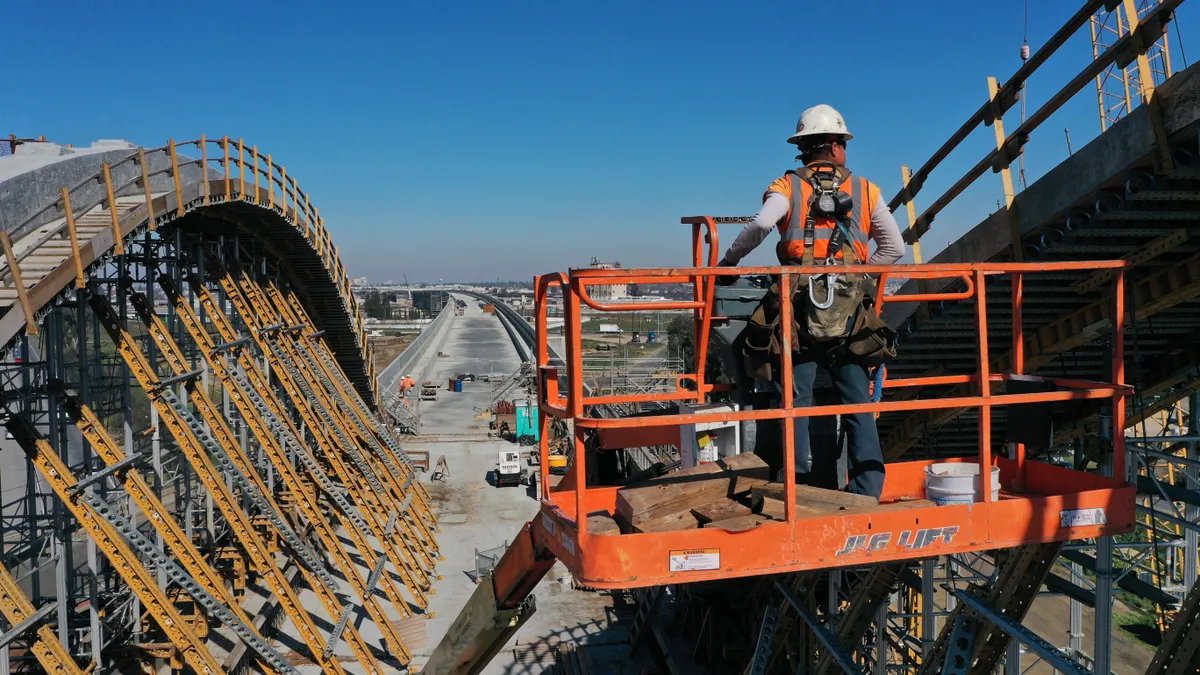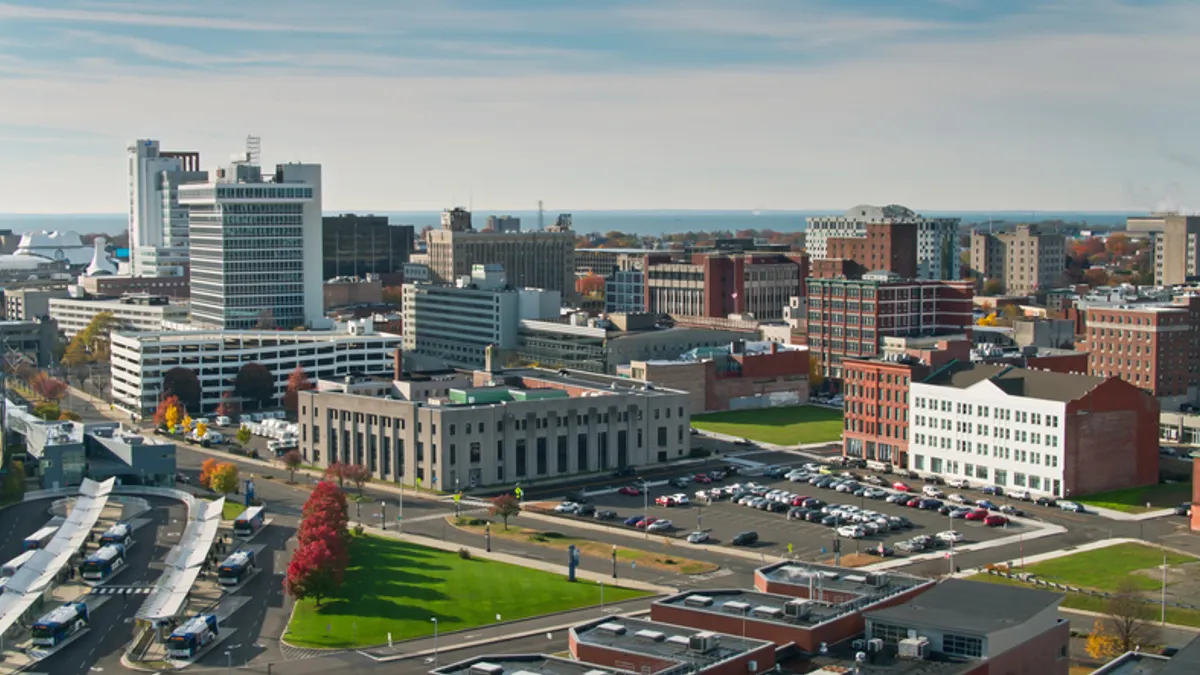Editor's note: The following is a guest post from Christy Gillenwater, president and CEO of the Chattanooga, TN Area Chamber of Commerce.
As global smart city initiatives transition from concept to reality, mid-sized cities play a large role in this revolution. While the nation’s most populated metro areas benefit from big budgets and resources, mid-sized cities like Chattanooga, TN listen effectively to the voices within their communities by using the power of their size — and ability to collaborate — to their advantage.
Mid-sized cities have the opportunity to boost their competitive offerings as the tech industry decentralizes. While this cannot happen overnight, forward-thinking cities and communities — from the Midwest to the Southeast — are already paving the way.
Challenges are abundant. But so too are the opportunities and solutions vibrant mid-sized cities offer.
Mid-sized means massive potential
Communities no longer aim to become "the next Silicon Valley." Instead, cities establish their own brand identities by creating dynamic company ecosystems that strengthen and diversify the local economy during technological disruption.
Mid-sized cities are smart places for businesses to scale. In fact, SmartAsset found that the estimated first-year costs for running a business in Chattanooga remain about half that of Silicon Valley. Ranked No. 1 in the U.S. and No. 6 in the world for internet speed relative to price, Chattanooga’s gigabit internet service offers companies high quality digital infrastructure at an affordable rate. Less than a two-hour drive from Atlanta; Birmingham, AL; Nashville, TN; and Huntsville, AL, this smart city also offers easy access to some of the top markets in the Southeast.
Mid-sized cities and their talented entrepreneurs implement smart city projects that emulate exactly what their communities need to grow. Larger tracts of undeveloped land, smaller populations and advanced education models provide the flexibility needed for rapid development.
The case for collaboration: Better together
Smarter communities will impact more than our roads and skies. Cities, regions and states will experience structural changes — from the way residents seek medical attention to the way leaders govern. Collaboration is key for these changes to gain traction.
Cities collaborate with the public sector to make these initiatives a reality in the same way community leaders seek the public’s input to determine smart city needs. Public-private partnerships (P3s) are particularly effective in mid-sized cities envisioning and propelling smart city projects. In places like Dallas and Columbus, OH, P3s enable these initiatives to move from the drawing board into real-world testing environments.
For smart cities to succeed, stakeholders must collaborate in lockstep. Take the Chattanooga Smart Community Collaborative for example. Recognized as one of the world’s top 50 smart city initiatives, this group consists of both city and county governments (the City of Chattanooga & Hamilton County), a university (University of Tennessee at Chattanooga), a hospital network (Erlanger Health System), a utility that provides electric power and fiber optic communications (EPB) as well as a nonprofit (The Enterprise Center).
Each partner provides expertise and resources to vigorously pursue new research projects and funding for the region, showcasing the breadth of collaboration that occurs within mid-sized cities. From designing safer and more efficient transportation systems to finding better methods for energy delivery, the scope of these projects is as diverse as the partners pursuing them.
The MetroLab Network demonstrates how collaboration can ignite structural, meaningful and timely change. With mid-sized cities from Madison, WI to Minneapolis and Santa Fe, NM to South Bend, IN, this network brings together 44 cities, six counties and 60 universities to help the public sector adapt to rapid technological change. Focused on bringing data, analytics and innovation to city government, this group exemplifies how city-university partnerships help foster changes in city governance.
A regional approach is a smart move
Collaboration happens within and between communities. But it should also happen across state lines.
Tri-state efforts were largely responsible for Nokian Tyres’ decision to invest in the Chattanooga region. Nokian Tyres, a Finland-based tire company, announced plans in 2017 for a $360 million tire production plant, the largest foreign investment in Rhea County (population 32,526) history.
To this day, The Greater Chattanooga Economic Partnership (GCEP, which includes 16 counties within Alabama, Georgia and Tennessee) nurtures this investment. Until 2017, Nokian manufactured all its products in Finland and Russia, but the company saw major growth in the North American market. After community leaders traveled from Tennessee to Europe and enacted major legislative changes, Rhea County was selected over 20 other communities. The 153-acre site is now under construction with 400 jobs on the horizon, all thanks to cross-county collaboration.
This case study provides a model for how other bold mid-sized cities can work with neighboring communities to attract investment.
GCEP powers regional economic development for the Southeast, with 206 cumulative projects between 2013 and 2017. These projects are a testament to how counties across multiple state lines can pool resources (including a highly strategic location and some of the fastest internet speeds in the western hemisphere) to gain attention from major global companies.
Ambassadors for change: A smart legacy for mid-sized cities
As mid-sized communities seek new opportunities within the smart city realm, "small town" collaboration remains their strongest tool for rapid, inclusive growth.
Smart city innovators select locations like Chattanooga because they value a streamlined process and the drive to "get it done." Mid-sized cities mobilize the public at a competitive speed for businesses, which benefits the community and smart city investors alike.
There are abundant opportunities for the public, private and academic sectors to tap into this wealth of talent, expertise and perspective. When this happens, smart cities around the globe benefit.

















